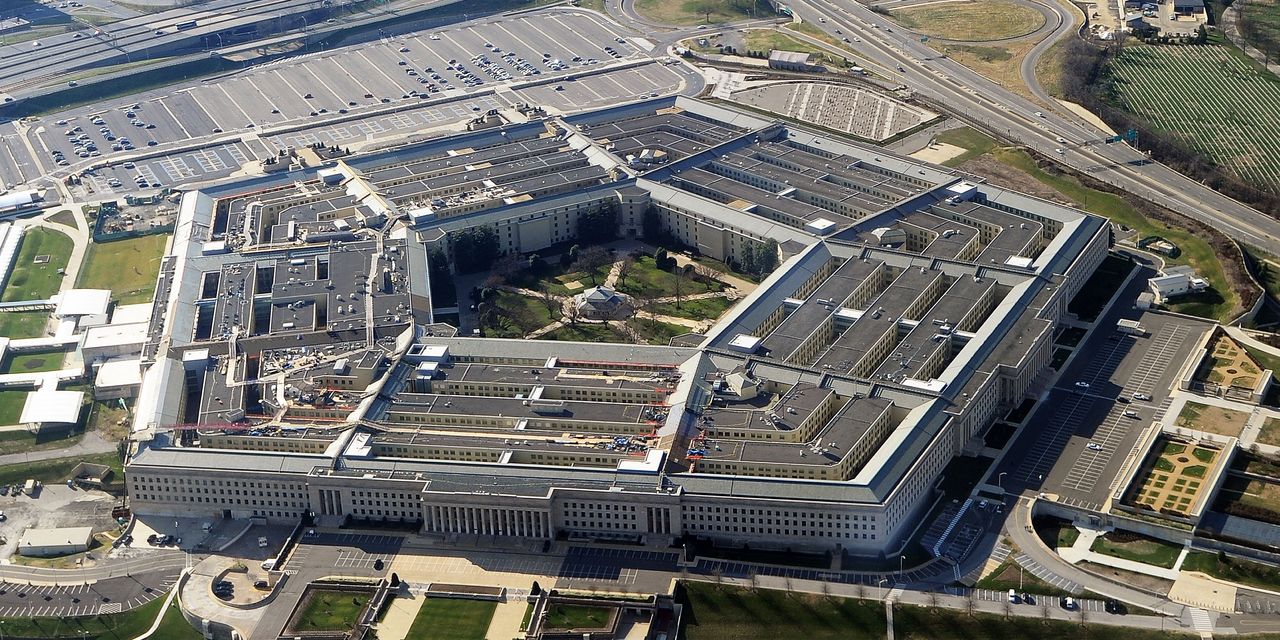According to the efficient market hypothesis, financial asset prices account for all available information. That’s a concern when disinformation enters the equation.
That was highlighted by the market’s brief dip on Monday, following the circulation of a photograph showing billowing smoke, purported to be from an explosion outside the Pentagon in Washington, D.C.
The photo wasn’t real. It’s the latest example of a viral image created by artificial intelligence.
News agencies quickly debunked the reports, citing law-enforcement officials in Arlington, Va., and at the Pentagon, who confirmed that there hadn’t been an incident. Experts also noted that there were telltale indications that it was a generated image, for those who studied it closely.
Despite quick work on the part of fact checkers, the image still had time to do damage, including briefly causing the stock market to drop.
The photograph looked genuine and spread quickly online. A Twitter account that falsely appeared to be associated with Bloomberg News boosted the photo’s profile among the investment community. The account had a blue check mark, adding to its presumed veracity, although verification is now less reliable since Twitter began charging for blue check marks.
It also comes at a time when widespread belief in conspiracy theories has proliferated online, priming many social media users to embrace alternative news sources.
Of course, this isn’t the first AI-generated image to go viral—remember Puffy Coat Pope?—and Wall Street has otherwise been enthusiastic about the upside potential of the new technology. Many of the tech stocks that have nearly single-handedly led the market higher have prominent AI projects.
“The anticipated transformational power and broad application of AI have spurred an arms race of spending and development across the Technology industry and sparked tremendous investor excitement for the stocks with a visible footprint or application benefit today,” notes Ameriprise Chief Market Strategist Anthony Saglimbene.
It is easy to see why investors are enthusiastic, given the rapid rate of innovation and how quickly AI tools have been embraced by the public for a number of tasks.
While the false Pentagon story was quickly exposed, it demonstrated the way AI has become a force—not just online, but with real world consequences.
“Looking ahead, we see artificial intelligence as a broad horizontal technology that will impact every industry across every region of the global economy, driven by gains in computer power, systems development, but especially ever-growing amounts of data,” says Solita Marcelli, Chief Investment Officer Americas at UBS Global Wealth Management.
Companies across sectors are already clamoring to use the technology to boost profits, from retail to financial services, even as some consumers remain wary of privacy concerns.
That said, the Pentagon image shows the downside of how swiftly the technology is moving, and how much more sophisticated it has become in such a short time. Although earlier AI photos were clumsier, fakes are getting harder to spot, particularly as many people aren’t used to scrutinizing pictures closely.
Federal Trade Commission Chair Lina Khan laid out other concerns with AI’s evolution in a recent New York Times article, warning that regulation may be on the horizon, particularly after more than 1,000 tech industry leaders have called for a more cautious approach.
Until then, investors and the public at large will have to be increasingly vigilant when it comes to assessing photos online, and the sources that circulate them.
“We view adoption of generative AI as heralding a once-in-a-generation tech shift, with broad implications for stocks and society,” wrote TD Cowen analyst John Blackledge in his inaugural report on the topic this week.
The challenge will be to harness the positive implications even as negative ones proliferate.
Write to Teresa Rivas at [email protected]
Read the full article here


